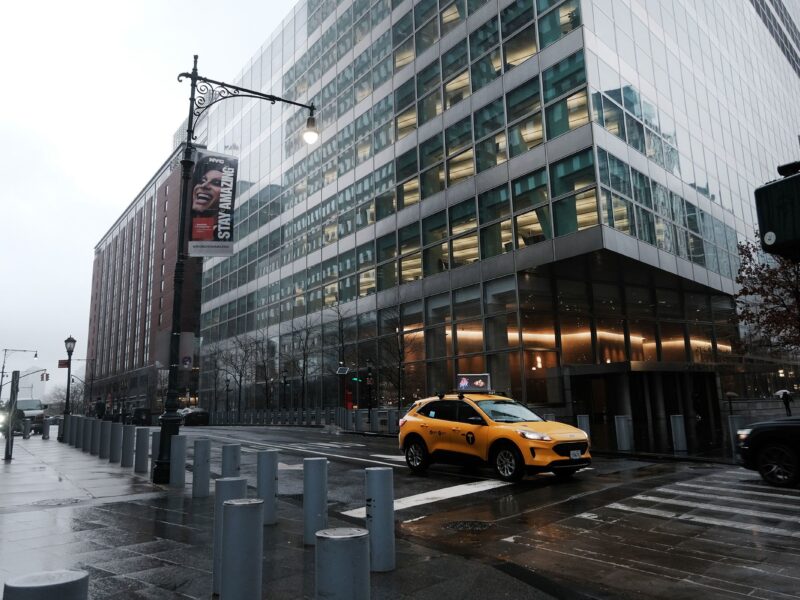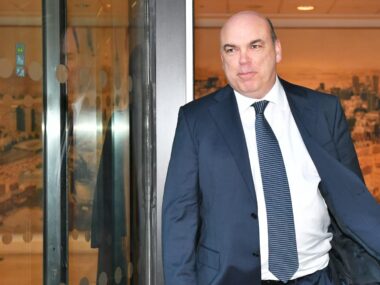Wall Street faces a significant knowledge gap. The last time the American financial sector operated in an environment characterized by high inflation and high interest rates, akin to the present economic landscape, was nearly four decades ago. Consequently, most current executives, who rose through the ranks during a period of easy access to money, lack familiarity with the intricacies of managing a bank under today’s challenging conditions.
Recognizing that interest rates are likely to remain elevated for an extended period, senior leaders in financial institutions are scrambling to identify individuals equipped with the requisite skills to thrive in this unpredictable environment. Some CEOs are concluding that they must implement radical, costly, and often unpopular institutional changes to stay competitive.
For instance, Citigroup’s CEO, Jane Fraser, recently unveiled a comprehensive restructuring plan aimed at reshaping the bank’s leadership structure, enhancing accountability, and bolstering the stock price (Citi’s stock has declined by approximately 11.6% in the past year). Fraser acknowledged that these changes would not be well-received by the workforce and would entail “very uncomfortable” layoffs.
Citigroup’s actions are part of a broader trend of major reorganizations occurring at the highest levels of the banking industry.
Wells Fargo’s CFO, Mike Santomassimo, disclosed to Reuters last week that additional layoffs are likely, with the bank having already eliminated approximately 40,000 positions since the close of 2020.
Truist recently unveiled a cost-cutting initiative targeting $750 million in savings, encompassing layoffs and a significant restructuring of senior management. Additionally, Barclays CEO C.S. Venkatakrishnan announced plans to reduce the bank’s workforce by hundreds, aligning with a broader industry trend, as he mentioned in a recent CNBC interview.
Towards the end of the previous year, Goldman Sachs also announced a substantial reorganization, merging leadership roles in investment banking and trading.
The restructuring efforts are not limited to mid-level managers; even chief executive officers are experiencing reshuffling within the industry.
Discover recently announced the departure of CEO Roger Hochschild, while Morgan Stanley revealed that CEO James Gorman will be stepping down later this year. These changes signal a shift in leadership at major financial institutions.
According to David Schiff, a senior partner at West Monroe, banks currently have competent managers, but there is a shortage of strong leaders. Prior to the recent interest rate hikes, banks operated in a favorable environment characterized by low and stable interest rates for nearly two decades. However, the current economic landscape is marked by turbulence, and many individuals in the industry lack experience in managing under such conditions, let alone providing effective leadership.
Schiff noted that CEOs are now seeking to streamline their organizations, reducing layers of management to gain a clearer view of what’s happening and to enhance accountability. This adjustment reflects a recognition that the banking environment has fundamentally shifted, demanding vision, strategic ambition, and strong leadership to navigate the challenges, rather than merely continuing with the status quo.
The scarcity of leaders experienced in this new banking landscape is a challenge. To address this, Schiff suggests that CEOs should prioritize building a management team with essential soft skills, particularly the ability to navigate uncertainty successfully. Many large financial institutions have accumulated layers of management over time, leading to indecision and a lack of accountability. Banks are now realizing the need to increase transparency and eliminate bottlenecks.
A potential strike at Ford’s manufacturing facilities in Canada has been temporarily avoided, at least for the time being.
The labor union representing Canadian autoworkers at Ford has decided to temporarily halt their plans for a strike, maintaining over 5,000 workers at three plants on the job. This development offers a glimmer of hope for an industry grappling with extraordinary labor disruptions, as reported by Chris Isidore.
Unifor, the labor union, announced that it would extend negotiations with Ford Motor Company for an additional 24 hours. According to an update on the union’s website, they received a substantial offer from the employer just minutes before the deadline, prompting the extension of negotiations. The message also stressed that Unifor members should remain prepared for a potential strike.
The contract between Ford and Unifor was originally set to expire at 11:59 pm ET on Monday. This deadline came four days after the expiration of US contracts between the United Auto Workers union and Ford, General Motors, and Stellantis, the automaker behind brands such as Jeep, Ram, Dodge, and Chrysler.
Ford issued a statement indicating its commitment to collaborating with Unifor to develop a blueprint for the Canadian automotive industry, supporting its vitality and sustainability.
In a recorded message to members earlier in the evening, Unifor President Lana Payne noted that the two sides were still significantly apart in their negotiations. Historically, Ford has maintained strong relations with its unions compared to other US automakers. The company has not experienced a strike in its Canadian operations since 1990 and had not faced a US strike since 1978.
Clorox products are experiencing shortages following a cyberattack.
Clorox is grappling with a significant disruption caused by a cyberattack, impacting its ability to produce cleaning materials and resulting in shortages of some of its products. The company has not disclosed which specific products have been affected, as reported by Jordan Valinsky.
According to a regulatory filing made on Monday, Clorox detected unauthorized activity within some of its information technology systems in August. Immediate action was taken to halt the attack, including a reduction in operations. Clorox now believes that the cyberattack has been contained.
Despite these efforts, Clorox has not been able to fully restore its manufacturing operations. The company is currently manually processing and fulfilling orders. It anticipates that the process of returning to normal operations will commence next week.











